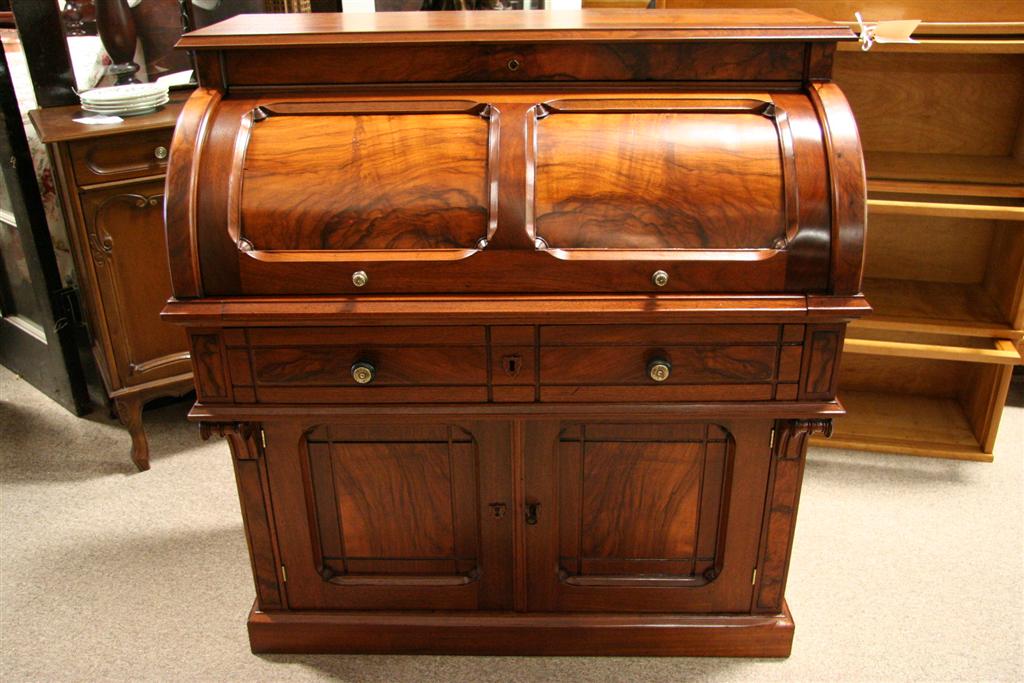Why Buy Wood Instead Of Veneered Furniture

Why would you pay for fine hardwood furniture when you can buy other materials so much cheaper? Many of the veneered pieces on the market today look almost heirloom quality and the prices are cheaper. That is true and not true. There are advantages to natural wood furniture that can never be matched by imitations and the economics of buying wood may not work out the way you believe.

The simple truth is that solid wood furniture by the nature of its construction should outlast veneer. Outside of a museum setting furniture will be used. It will be exposed to heat (plates of food, your body, weather), it will take some banging and knocking (silverware, feet, children’s toys, people plopping into a chair), and yes, it will suffer some damage. Dings, dents and wear are a sign of beloved use.
With real hardwood furniture this is not a major problem. Water marks are as easy to remove by simply applying simple mayonnaise and allowing the natural oil to soak in overnight. Dents and dings can, many times, be repaired by a simple steaming process that, if minor enough you can accomplish yourself with a moist towel and household iron. Even major repairs and wear can be overcome by a simple refinishing, that any competent local woodworker can accomplish.
Veneered furniture, by the nature of its construction, can present more difficulty when these issues arise. If the thin veneer layer is penetrated by damage or, heaven forbid, sanded through refinishing is, no longer, a simple process.
Solid wood furniture is simply more user friendly, especially in a family setting. Another advantage is that hardwood furniture enjoys over its veneered counter parts come into play when you repair and longevity.
The most common argument that you will hear in favour of veneered over real wood furniture is that the price is cheaper. That is not necessarily the case.
One of the positive effects of globalization is the opening up of western markets to craftsmen from less expensive parts of the world (Asia, India). These are people who practice their trades in the old world tradition of pride and handcrafted quality but who require less in monetary remuneration and for whom what is exotic to us are common materials.
The upside to this is that you can purchase old world quality at an affordable price, while rewarding, true craftsmen for their expertise and when you factor in replacement cost, every few years, to buying a piece that will last for eons the price is actually cheaper.
Given the advantages that real wood offers, the common since thing to do is to buy real wood furniture. There is a reason why, when you visit stately homes and museums you see hand crafted all wood pieces. They stand the test of time and become heirlooms to be passed from generation to generation. Consider all the facts and the choice is simple, buy real wood furniture.
Author’s Bio: This guest post is brought to you by Juan Mendoza, who specializes in writing about Home Improvement. Readers are recommended to visit Anne-Quinn Furniture for additional information about wood furniture to enrich their knowledge.
